
How to get the UL8800 Test Report for Lighting Fixtures?
Plant growth lights are artificial light sources, typically electric light sources, that promote plant growth by emitting light spectra suitable for photosynthesis. They are used in environments lacking natural light or where supplementary light is needed, such as in winter when sunlight is insufficient. Plant lights can extend daylight hours, preventing plants from becoming leggy. The spectrum of the growth light can simULate sunlight or provide specific spectra tailoRED to the plant's needs, adjusting light intensity and color temperature to suit different plants, cultivation stages, and light cycles. In response to this product, the United States UL has issued a new standard, ul8800. To list the product on Amazon, the most recent UL8800 Test report must be submitted.
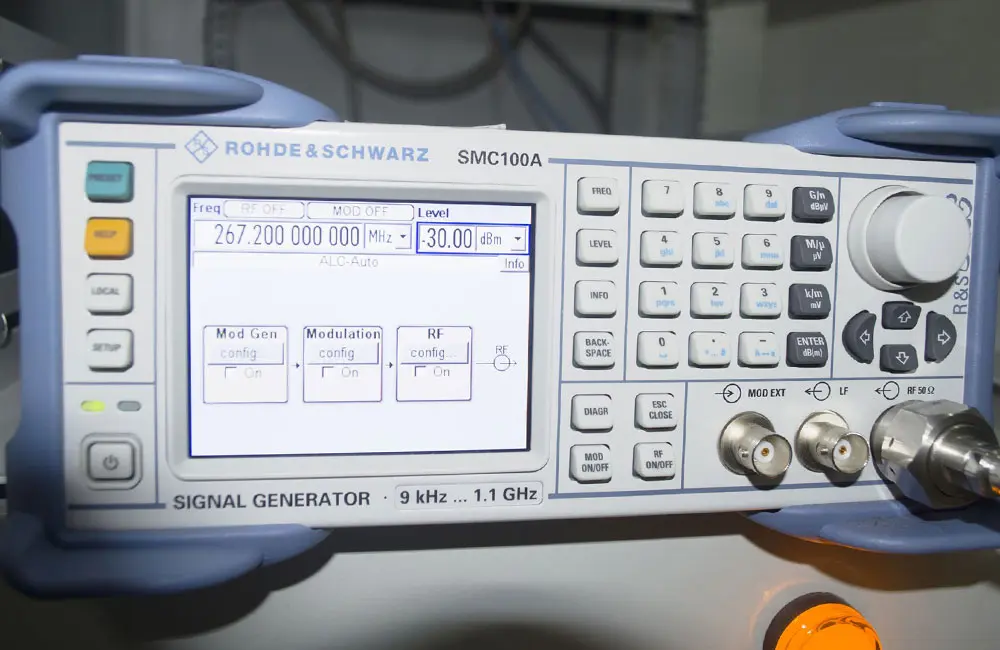
Tests Required by UL8800:
1. Input Test (Nominal limit +/-10%)
2. Temperature Rise Test
3. Dielectric Strength Test (Class I 2U + 2500V)
4. Ground Continuity Test (resistance must not exceed 0.5 ohms)
5. Suspension Test (4 times the gravity, measured for 1 hour)
6. Rain Test (4 hours, no water ingress, single item test 7000/model)
7. Humidity Test (93% humidity, temperature 25°C, 168 hours)
8. Abnormal Condition Test
9. Stress Relief for Plastic (Specific temperature TE=TI+10)
10. Impact Test
Documents Required for Plant Light UL8800 Certification:
1. Electrical parameters, functional options, and descriptions of differences
2. LED board circuit schematic, copper foil routing diagram, component silkscreen diagram
3. List of key components
4. Instruction manual
5. Label
6. LED bead specification sheet
Updates to UL8800 Standard:
Coating materials must have QMJU2 certification (Coatings for Use on Recognized Printed Wiring Boards). The following values/characteristics must be considered:
1. Material temperature TI (RTI), which should exceed temperature rise test data
2. Indoor/outdoor specification
3. Minimum thickness requirement
4. Suitability of PWB material (FR4/metal base aluminum PCB)
5. UV parameters (F1). If the coating can be exposed to direct sunlight, it should either have UV or the LED itself should emit UV light. (Evaluate using the LED specification sheet and photobiological tests)
Process for UL8800 Certification for Plant Lights:
1. Fill out the China JJR Laboratory application form.
2. Provide product information.
3. Send samples and make payment.
4. Testing successful.
5. ul report/certification issued.
6. Amazon review approved, case closed.
Email:hello@jjrlab.com
Write your message here and send it to us
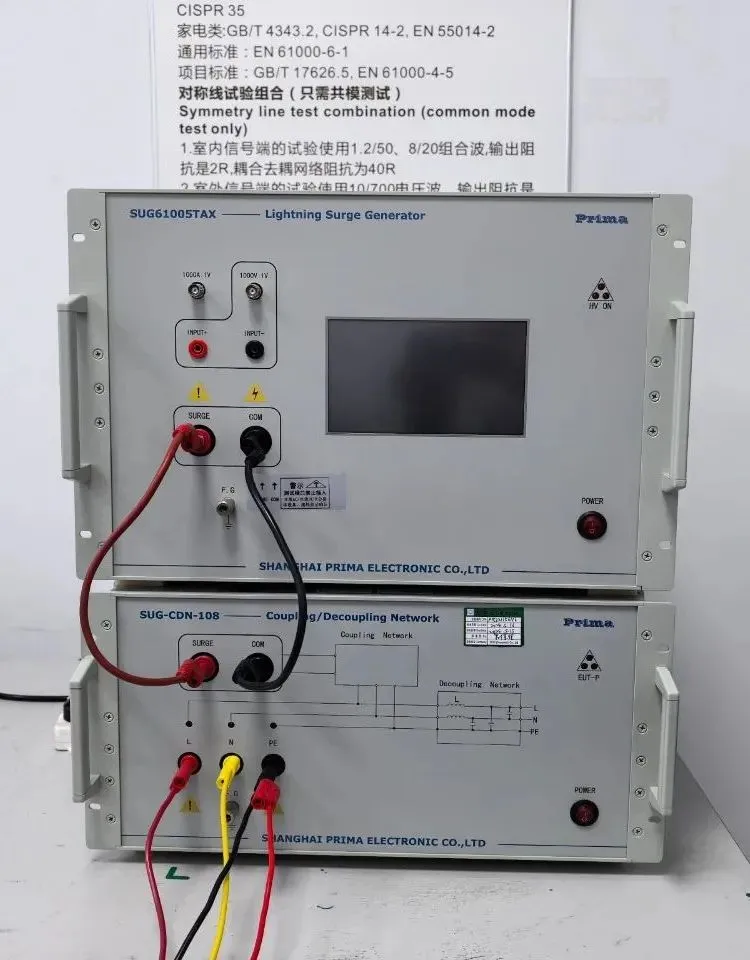 What Are the Testing Items of California Propositi
What Are the Testing Items of California Propositi
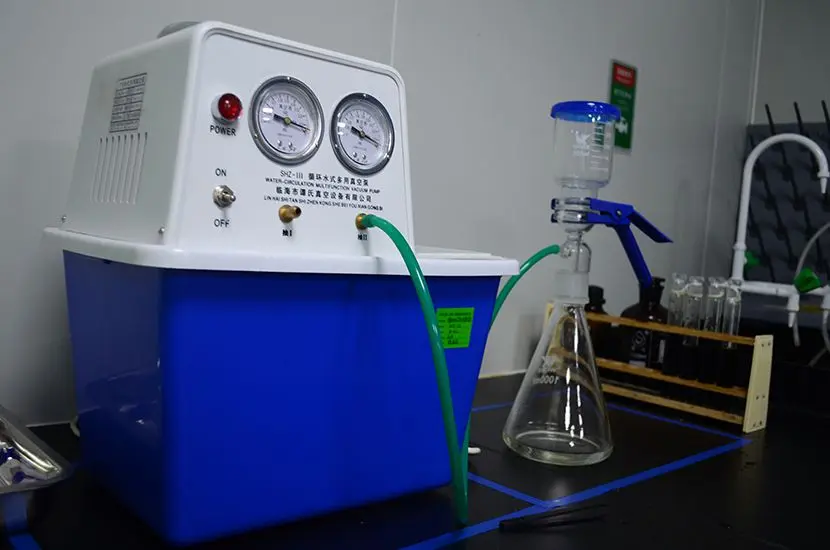 E-Cigarette EU TPD Testing
E-Cigarette EU TPD Testing
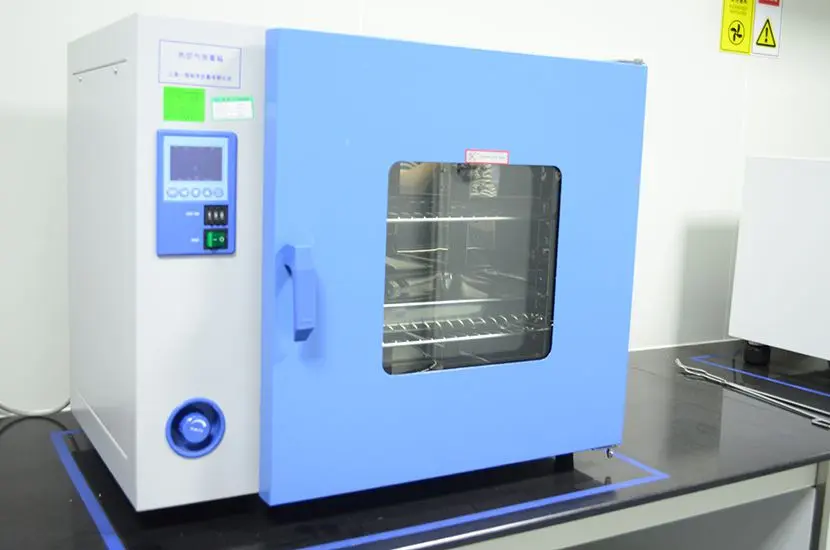 Testing Certification for E-cigarettes Exported to
Testing Certification for E-cigarettes Exported to
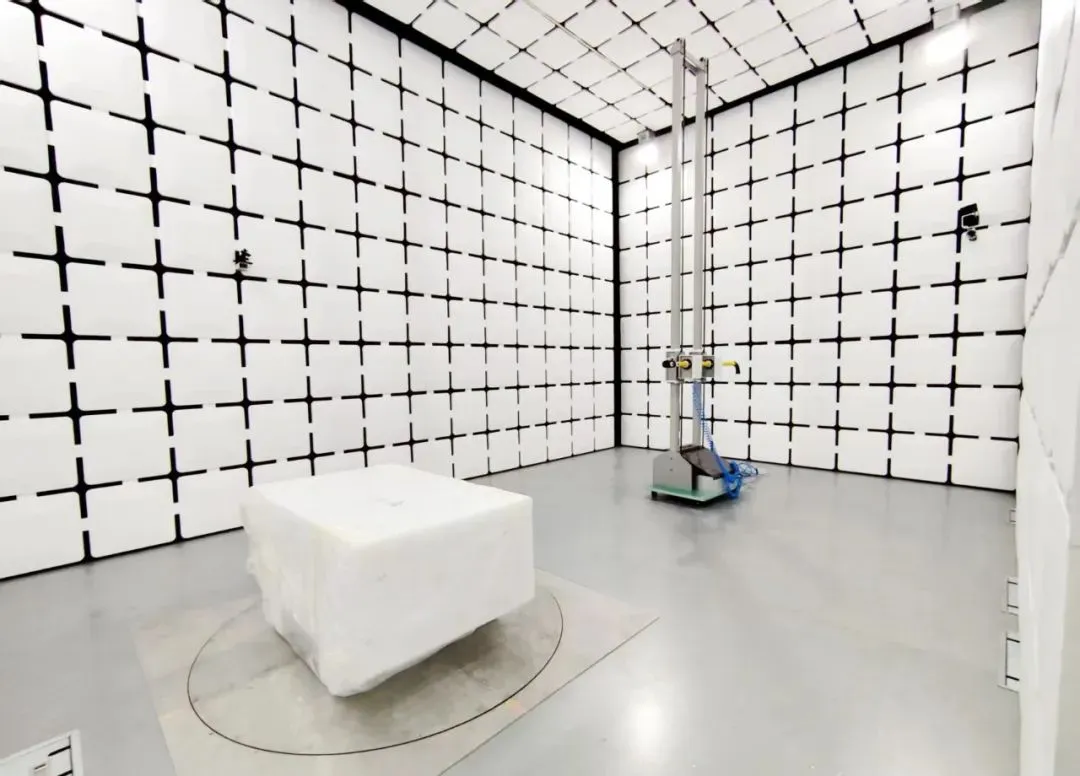 What is Amazon US CPC Certification?
What is Amazon US CPC Certification?
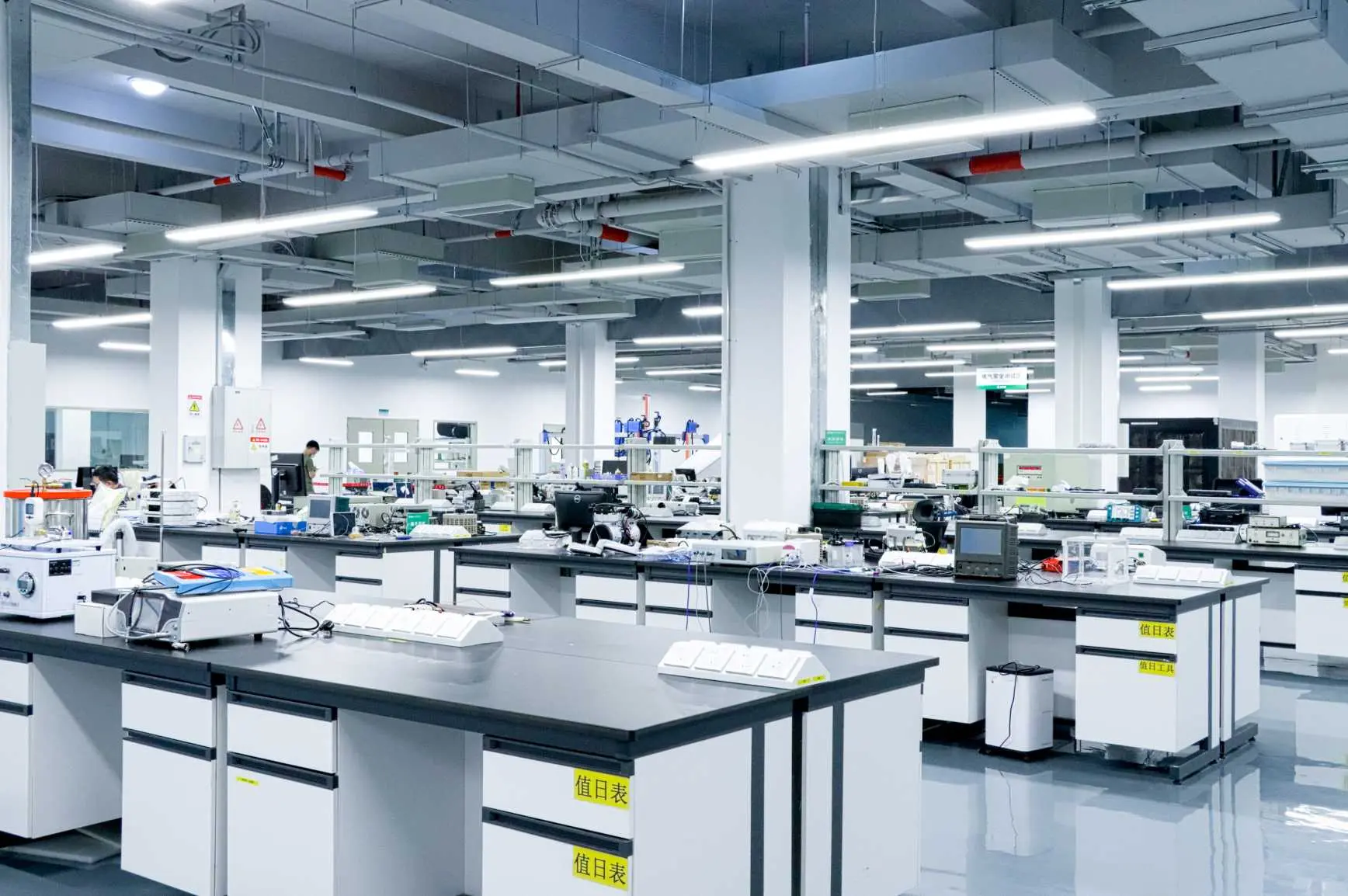 UK Toy Safety Regulation Standard EN 71-13
UK Toy Safety Regulation Standard EN 71-13
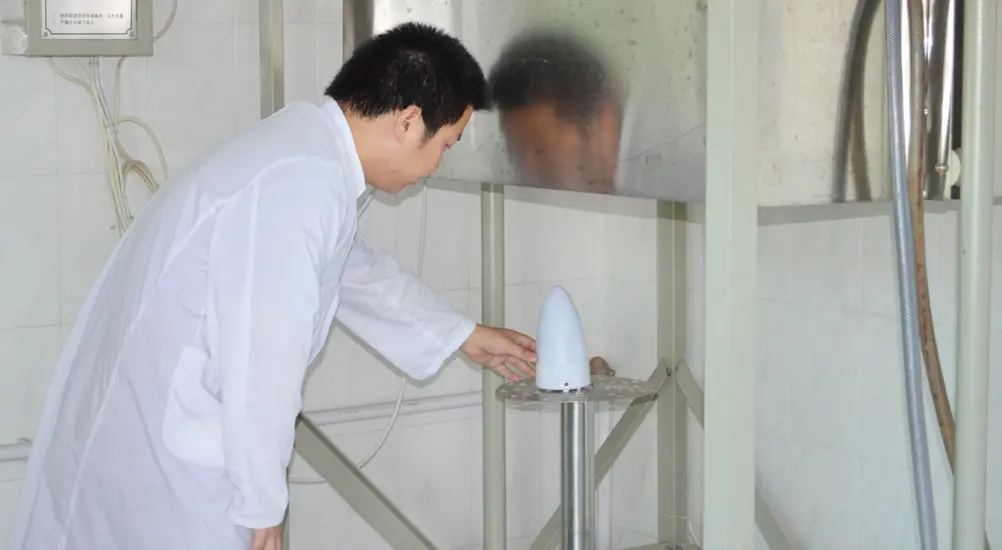 What is EU UFI Registration?
What is EU UFI Registration?
 EU UFI Registration for E-cigarette E-liquid
EU UFI Registration for E-cigarette E-liquid
 How to get the MSDS Report for Electronic Cigarett
How to get the MSDS Report for Electronic Cigarett
Leave us a message
24-hour online customer service at any time to respond, so that you worry!




